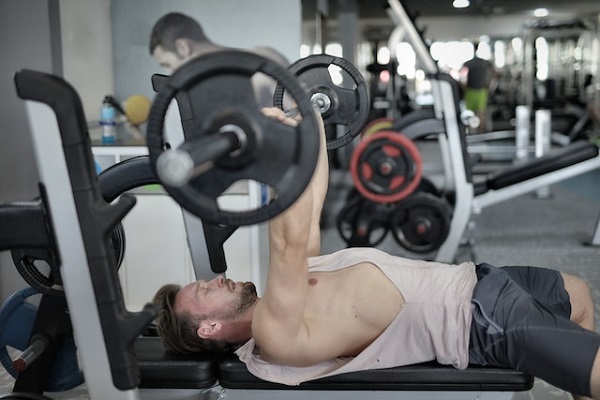There is an old axiom in bodybuilding that says that ‘strength equals size.’ In other words, as your strength increases there will be a corresponding increase in size as well. On the surface this makes perfect sense. If you can lift more weight, or perform, a greater number of repetitions then you must have increased muscle mass as well. While this is true, it isn’t necessarily a one-to-one relationship. It is also possible to greatly increase strength with only a modest increase in size.
The answer lies in a variety of factors and ultimately comes down to your genetic predisposition. Muscle density and dominant fibre type [fast/slow twitch] play a major role here. Unfortunately, there is little you can do to change your make-up outside of having your brain removed and replaced in the body of some genetically altered beast [not a bad idea; where do I sign up?]. The trick is to make the most of what you have; this is where intensity comes into play.
Be Honest
We have all seen the showman at the gym pile on the plates and scream his guts out while he frantically squeezes out 2-3 repetitions. That’s great; I do that sometimes myself. But, what does he do for an encore? Never forget, we are bodybuilders, not power-lifters. Our goal isn’t to be the strongest person in the gym; only the best built. With this understanding, our macho example is in only halfway there. As difficult as he made his 2-3 reps appear, the truth is that it is nowhere near as difficult as it would have been if he had stripped a few plates and whipped out 20-25 repetitions.
If you have never performed an honest burnout set then there are degrees of pain that you can’t begin to comprehend. Bringing a heavy set to failure is not the same as performing a moderate weight set to failure. Not even close. By the time that the average lifter is racking the weight, a true burnout set has only begun. The next several reps [and, I do mean several] are going to take every ounce of spit and venom that you can muster.
Here is an example of what I am talking about. Recently, I had a fair amount of weight on the leg press. It was a weight that a few years ago would have been my one repetition max. My goal for this set was a minimum of 15 repetitions. Fifteen repetitions came and I knew that I had something left. I could have racked it because I had reached my goal but I knew that if I truly wanted to exhaust my legs I had to go further. 18 repetitions and counting. People are beginning to notice. 20 repetitions. The legs are burning, but still capable of overcoming the resistance. 23 repetitions. It hurts; it hurts like hell. Everything in me is saying to rack it — rack it now. My face is beginning to look like a grossly distorted caricature of myself. An inflated balloon that is about to burst. But, I’m not done yet. Hands off the supports and on the knees, it’s time for a little assistance. With help from above we are now at repetition #25. I’m hyperventilating. Seriously.
Full Extension
My quads are about to explode. I hold the weight at full extension, take a few deep breaths and go for it. Repetition #26. Slowly. The weight reaches full depression and then slowly begins its final accent. Teeth gnashed in primitive furry. The weight resists like a 20lb northern pike on a 5lb test line. But, this is one that isn’t going to get away. I talk to the weights, commanding them, ‘You’re mine.’ And, it is. I reach feverishly for the pin to secure the final resting place. Head drenched in sweat and gasping for breath on the throne that I have conquered, I suddenly realise, “I can’t move my legs.” Even so, I felt like I was in a house that was on fire and just had to get out of there, and so I fell to the side. Lying on the floor like a beached whale, struggling for air, I reached for the closest weight machine and pulled myself upright. My chest was red and potted with petechiae [burst blood vessels]. End of workout, I did what I wanted to do.
Well, you have just experienced a true burnout set. This technique is used on occasions to shock the muscles. Over time our bodies become accustomed to the daily rigours of repeated workouts and, thus, anabolism slows to a snail’s pace. But, it is essential that we vary the programme. Light days; heavy days. High repetitions; low repetitions. Heavy resistance alone will not penetrate the innermost depths of your muscle fibres.
You’d honestly compare your pump and vascularity after a low repetition and high repetition set. No contest.

